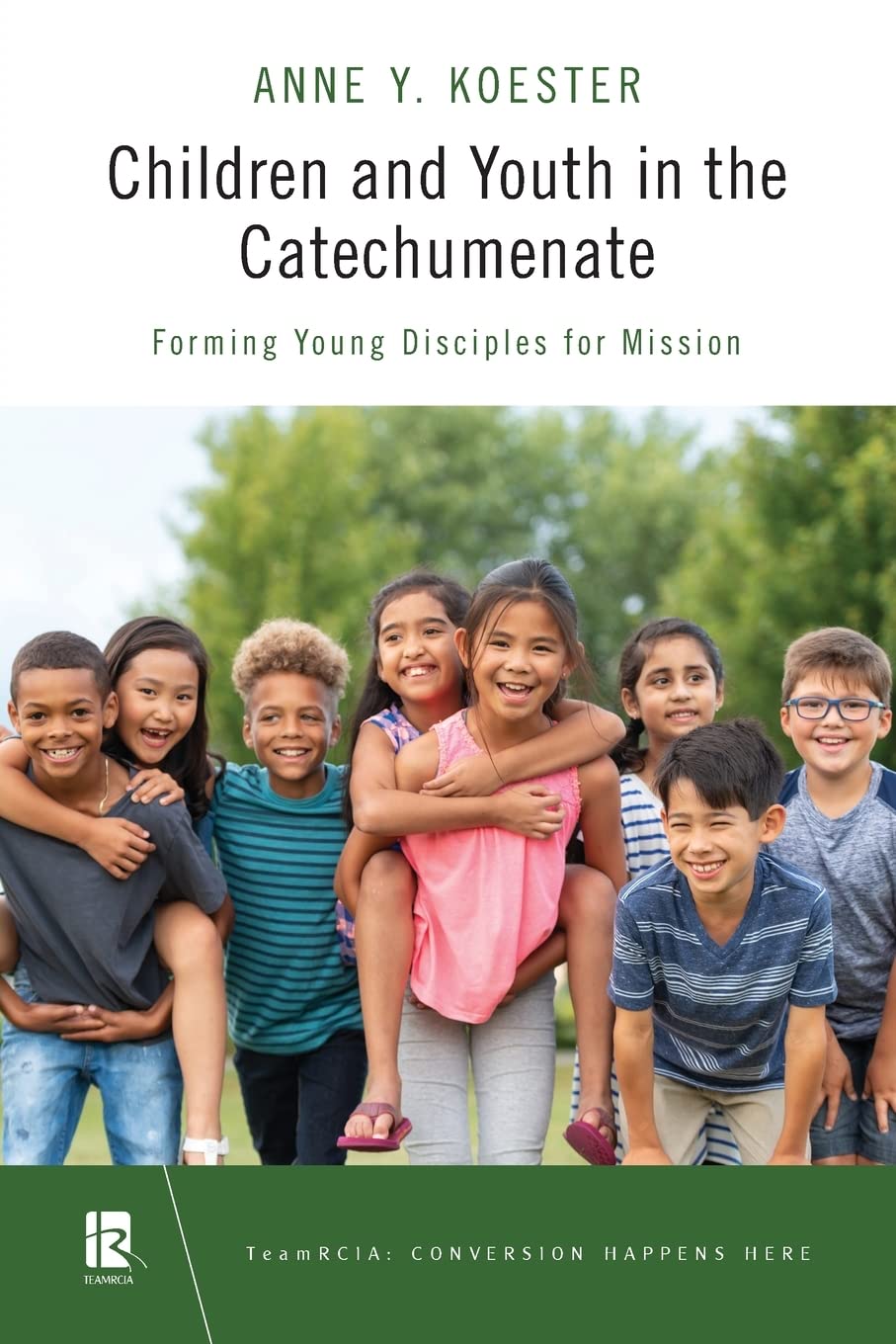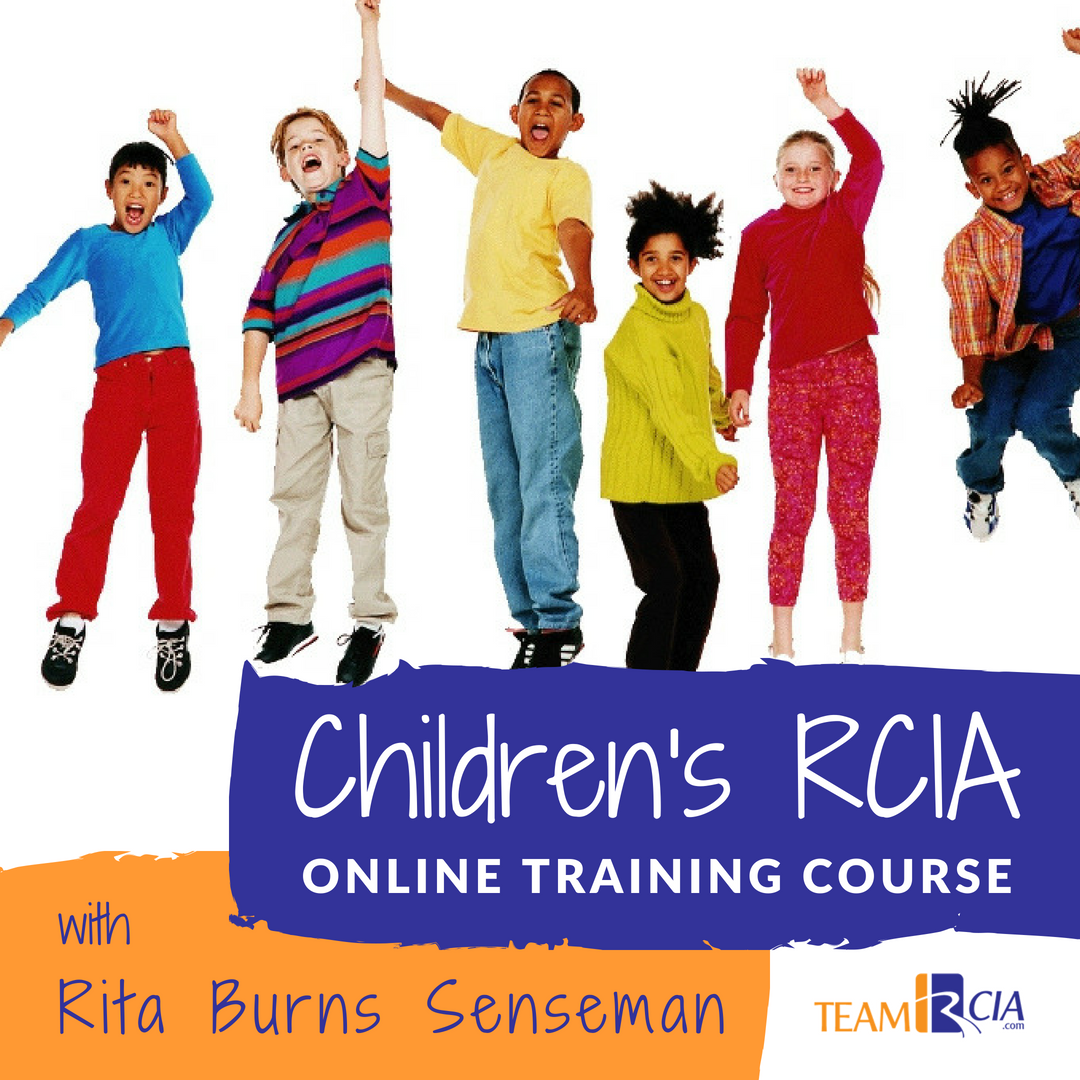1. MOST IMPORTANT
2. SIMPLE RITUALS
3. INVOLVE PEERS
4. RITE OF ACCEPTANCE
5. INVOLVE PARENTS
6. EASTER VIGIL
Ramp up your Rite of Acceptance
Rita Burns Senseman
Another way to include companions is to be sure that some of the children’s companions are present at the rites. Companions are mentioned in the Rite of Acceptance into the Order of Catechumens (no. 269), although they do not have a specific role within the Rite of Acceptance
You can make a slight adaptation within the rite and have the peer companions stand up with the candidates and their parents.
- During the “Receiving the Candidates/Children” (nos. 48, 262), have the companions come forward during the introduction of the children.
- Invite the companions to say why they believe Justin or Maddy or Anthony should be accepted as a catechumen.
Later in the ritual, after parents, sponsors, and/or catechists have signed the signed the senses of the candidates, have the companions do the same (nos. 55, 56, 267, 268).
Including companions in the Rite of Acceptance improves your children’s RCIA process in three ways.
- Child companions help the catechumens feel more support
- Child companions have a specific and important role
- Child companions help involve more parishioners in the RCIA process
Catechumens feel more support
The child catechumens might feel a little shy about standing in front of everyone for the Rite of Acceptance. By asking some of the children of the parish to stand with them, they see role models among their same-age peers. The support of the parish children will significantly increase the confidence the catechumens feel.
If possible, try to have at least two parish children per catechumen. When they come forward, have them stand on either side of their catechumen and place a hand on the catechumen’s shoulder. Have them squeeze in so they are as close to the catechumen as possible. Position the parents and any other family members and sponsors behind the catechumen. The exact arrangement is not important; expect things to be a little messy. The goal is to make the catechumen feel physically surrounded with love and support.
Companions have an important role
Often in adult-centric liturgies, children are given token roles or no role at all. In this liturgy, the child companions play a crucial role. This is a witness both to the other children of the parish and to the child catechumens that children are indeed a vital part of the mission of the parish.
Note that for the child companions to be able to say why they believe their catechumen should be accepted by the parish, the companions and the inquirers will have to have spent time together beforehand. Make sure you provide occasions for their interaction.

Need Some Help with Your Children’s Catechetical Sessions?
Friends on the Way: Children’s Catechumenate Resource has everything you need need to feel confident you are teaching the faith of the church.
Involve more parishioners
About 80 percent of the folks who come to Mass on Sunday only come to Mass on Sunday. They have little involvement in the rest of the parish. However, if you can involve some of their children in this significant ritual, the parents’ level of engagement will increase dramatically.
You don’t have to do much beyond the simple tasks of creating time for the companions and inquirers to spend time together and making sure they are actually at the Rite of Acceptance. That alone will spark their parents’ interest. However, if you have the time and energy, you can also ask the parents of the companions to invite the inquirers to their homes for meals or play dates during the inquiry period. And you can ask them to continue to do so during the catechumenate period.

About Rita
Rita Burns Senseman is the pastoral associate and director of religious education at St. Benedict Parish in Terre Haute, Indiana. She has written numerous articles and books on various aspects of the Rite of Christian Initiation of Adults, including A Child’s Journey: The Christian Initiation of Children.







